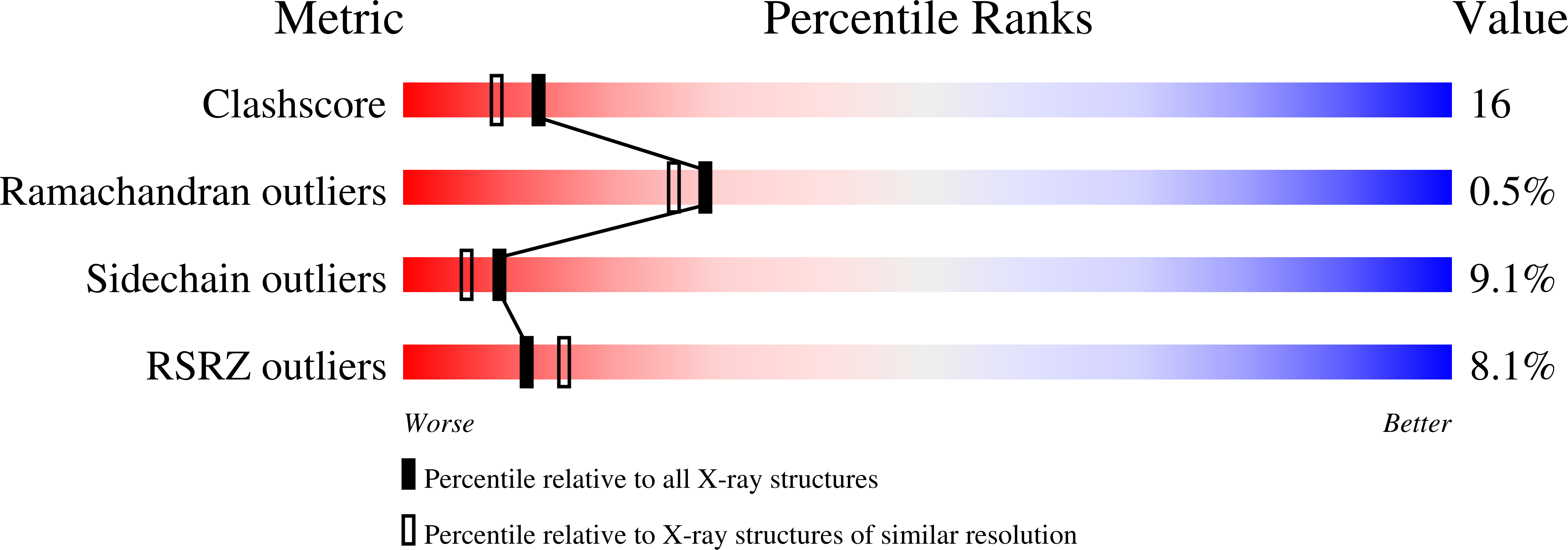
Deposition Date
1998-02-22
Release Date
1998-04-29
Last Version Date
2024-10-30
Entry Detail
PDB ID:
1IAM
Keywords:
Title:
STRUCTURE OF THE TWO AMINO-TERMINAL DOMAINS OF HUMAN INTERCELLULAR ADHESION MOLECULE-1, ICAM-1
Biological Source:
Source Organism:
Homo sapiens (Taxon ID: 9606)
Host Organism:
Method Details:
Experimental Method:
Resolution:
2.10 Å
R-Value Free:
0.30
R-Value Work:
0.21
R-Value Observed:
0.21
Space Group:
C 2 2 21


